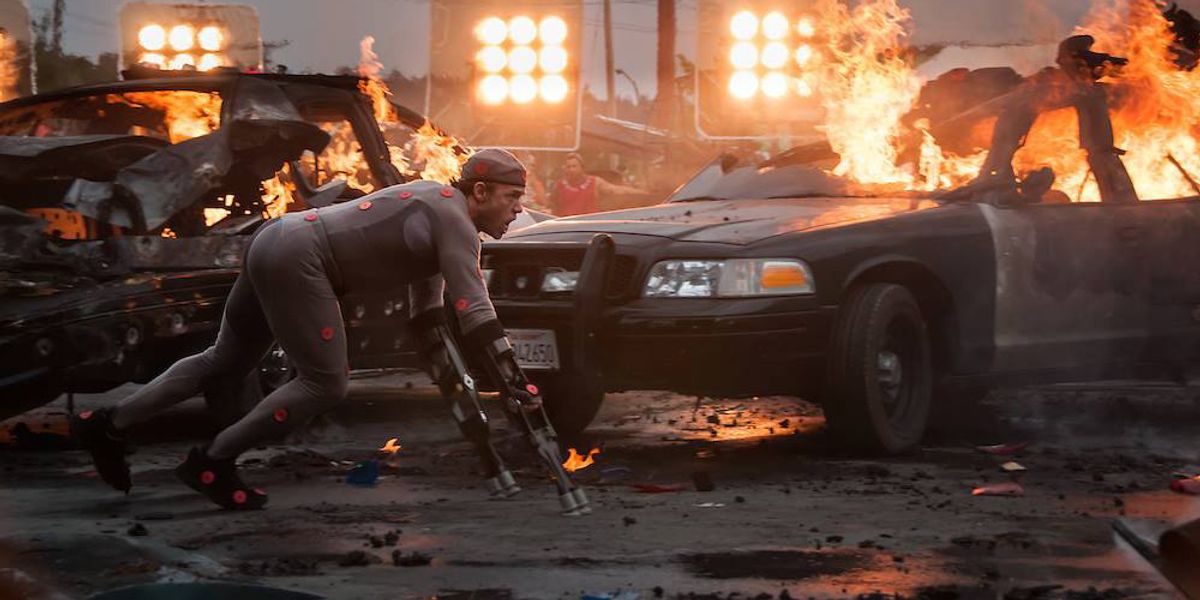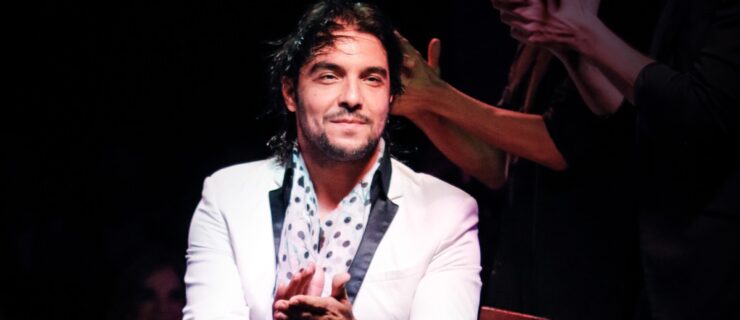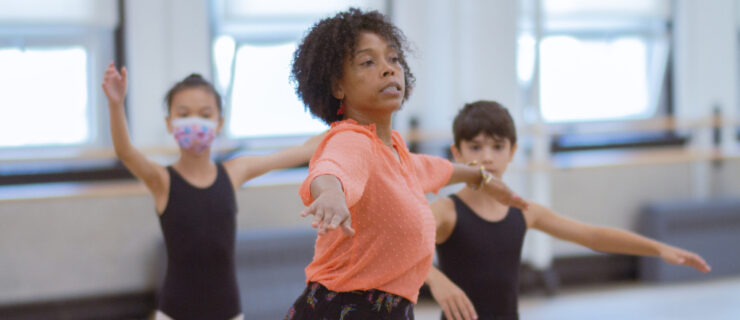Meet the Motion Capture Star Who Brings Hollywood's Creatures to Life
When Hollywood needs to build a fantasy world populated with extraordinary creatures, they call Terry Notary.
The former gymnast and circus performer got his start in film in 2000 when Ron Howard asked him to teach the actors how to move like Whos for How the Grinch Stole Christmas. Notary has since served as a movement choreographer, stunt coordinator and performer via motion capture technology for everything from the Planet of the Apes series to The Hobbit trilogy, Avatar, Avengers: Endgame and this summer’s The Lion King.
Since opening the Industry Dance Academy with his wife, Rhonda, and partners Maia and Richard Suckle, Notary also offers movement workshops for actors in Los Angeles.
He recently spoke with Dance Magazine about his process of bringing all kinds of creatures to life on screen.
How He Shapes Each Character’s Movement
“I’ve played apes, birds, dogs, the Hulk, goblins, aliens and all types of abominations, but the process for every role is kind of alike. I try not to picture what I’m going to do—I start from a place of freedom and just play, like a child.
“Finding the details of the movement is kind of like writing—you take a road and explore it. I usually start moving, thinking about the character’s past, what shapes them, and how it would affect how they behave and move. I think, If the character were an object, what would it be? Maybe it’s crumpled tinfoil or a feather.
“I eventually find a cadence for the character’s walk. A really solid, heroic character might be in a four-count, but something evil or off-kilter is in a one-, three- or five-count. What drives the character might also drive their movement. What’s it like to be propelled by their guts, their back or their head? Are they pulled and resisting, or being pushed?
“A lot of creature performers will put on an outside tension, like ‘Grrr,’ to become a monster, so anger is right on the surface. I prefer to start from something internal, like how this monster thinks it is right in the bad thing it’s doing. Maybe there’s a sickness that created that idea. It’s more than one-dimensional.”
What His Research Process is Like
“For the Planet of the Apes films, I discovered that I had to watch real apes as if they were humans in ape suits. Viewing them through that lens helped me find what would work for these sentient apes.
“For Mowgli: Legend of the Jungle, I studied wolves—not just their movement but the social structure of the pack. Their constant awareness of where they stand in the group informed the movement. The alpha is the only one who is semi-relaxed, but he’s always watching his back a little bit, too.”
Why He’s Always Studying Movement
“People go to their phones like pacifiers now, but I use those moments to study others. You can see a person’s history in the way that they walk. You notice the difference between someone who owns every step and someone who is apologetic in their movement. It’s our job to let people live through our performance, so we have to be vehicles—and students—of expression.”




